ASEE CDEI Scholar Spotlight Series: Christopher Carr
Dr. Christopher Carr
Dr. Christopher Carr, Ed.D. is the Associate Dean for Diversity, Outreach, and Inclusive Learning in the College of Engineering and Computing at George Mason University. Dr. Carr is a leadership and policy wonk in the areas of diversity, education, and STEM (science, technology, engineering, and mathematics). His unwavering support in the work of intersectional justice has allowed him to trek a path in the difficult areas of hiring and retention, teamwork and organizational development, diverse representation in STEM fields, and inclusive well-being in the workplace. With a background in public policy, he takes his ethical stances into conversations around tough issues to make sure all voices are included.
Dr. Carr is currently serving on a two year Intergovernmental Personnel Act (IPA) rotation as the Senior Advisor for Diversity, Equity, Inclusion, and Accessibility to the Administrator of the Environmental Protection Agency.
Share your story of belongingness (e.g., within engineering, within ASEE, within your field, etc.)
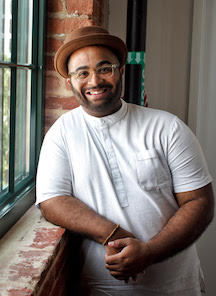 My “belongingness” within Engineering, ASEE, and DEIA is interesting – as each of them have been unintentional, and yet they represent my best sense of home. My background was public policy, and after completing my masters at Pepperdine University, I knew I wanted to make a difference – largely in speaking for the voiceless. I felt that Washington, DC was the best place for me to do this work, so I moved across the country – officially establishing my first true home outside of my birthplace of Kansas City, Missouri. I found myself working for the American Society for Engineering Education as a program coordinator supporting the fellowship and research opportunities division.
My “belongingness” within Engineering, ASEE, and DEIA is interesting – as each of them have been unintentional, and yet they represent my best sense of home. My background was public policy, and after completing my masters at Pepperdine University, I knew I wanted to make a difference – largely in speaking for the voiceless. I felt that Washington, DC was the best place for me to do this work, so I moved across the country – officially establishing my first true home outside of my birthplace of Kansas City, Missouri. I found myself working for the American Society for Engineering Education as a program coordinator supporting the fellowship and research opportunities division.
While there, I was sent to a meeting to discuss outreach challenges with the National Science Foundation’s Graduate Research Fellowship Program. In that meeting, it became obvious that there were significant concerns about the lack of applications from communities considered underrepresented in STEM, particularly African Americans/Black, Hispanic/Latino, Native American/Indigenous, Women, and Persons with Disabilities. From my comments in the meeting, I was then assigned to manage the diversity outreach efforts of this program, and ultimately all DEI outreach for federal fellowships at ASEE.
In representing these programs, I recommended direct engagement with Historically Black Colleges and Universities, Hispanic Serving Institutions, Tribal Colleges and Universities, rural colleges and R-2 and below research activity institutions, communications with ADA offices at academic institutions, 508 Compliant websites, and more. We also worked on better training for reviewers to have more cultural humility during the review process to see validity and value in research from diverse applicants. This led to the development of new websites, a new global diversity engagement program (NSF GRFP GROW), an increase in diverse applicants, and creative and representative marketing materials.
At a presentation at the National Society of Black Engineers, I came to the attention of the leadership which led to an opportunity to head up the pipeline of programs (K-12 through professional) at the organization. This presented an opportunity to directly serve a demographic that I shared direct affinity with. It also allowed me to look into things like direct interventions at crucial stages of STEM identity development. Working for NSBE offered space to create summer programs and out-of-school engagements with K-12 students that built aptitude for science and math, as well as introducing them to engineering concepts, coding applications and more. Within collegiate and graduate spaces, I was able to convene multiple forums of
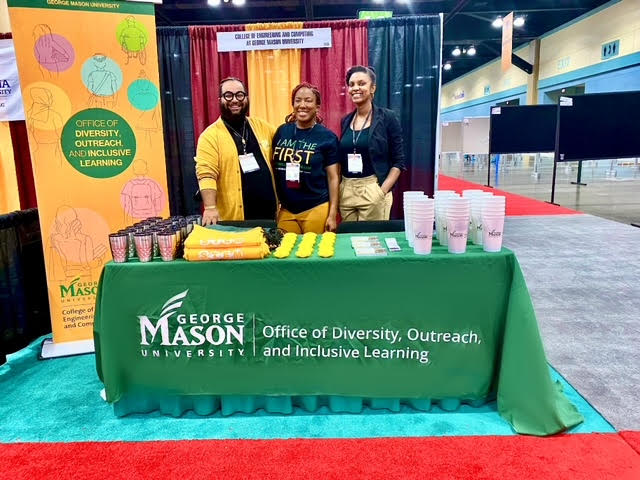
GMU CEC Office of Diversity, Outreach, and Inclusive Learning Staff at the National Diversity in STEM Conference (SACNAS). San Juan, PR (2022)
L-R: Dr. Christopher Carr, Mercadi Crawford, Christi Wilcox
deans and diversity administrators to speak to interventions such as early alert systems, summer bridge, mentorship, faculty development, and institutional climate which ultimately led to the development of a major toolkit for college and university use. It was through one of these forums that I was introduced to Dean Ken Ball at George Mason University’s College of Engineering and Computing.
Dean Ball offered me direct access to not just present research about best practices, but to truly be a research-practitioner as the Associate Dean and Chief Diversity Officer within the College. While here, I have been able to run community wide STEM summer programs, develop physical and virtual engineering and computing diversity centers, work with faculty in creating and perfecting inclusive curriculum, building out an institutional culture that embraces the socially consciousness of engineering and computing impacts on diverse communities, diverse student recruitment, retention, academic and career placement success, and how to create a climate of inclusion that shows that all students, faculty, and staff belongs and are vital to our success in the role of being innovation exemplars for today and tomorrow.
So what does this all have to do with my story of belongingness? As a young Black man who grew up in inner city Kansas City, Missouri I was afforded opportunities that many of those from the same community weren’t. Was this because I was better than any of them? Absolutely not. I was just lucky. It came through connections from my parents’ employers, which led to chances to be in different rooms than my peers. It was in these rooms I better understood that access was a privilege that was largely gate-keeped by those with said privilege – less a select few. I decided at that time I would do everything I could to open wide the doors of access and give opportunity to everyone so there would be no more success by chance. Anyone who works hard deserves the reward of growth and development in a country that is built on these very principles. But that meant removing the barriers – both historical/systemic and unconsciously imposed.
As the first generation child of hardworking parents from diverse backgrounds in an urban community in the center of these United States, I know that my belongingness is when I know I am creating of legacy of embracing all and creating accessible platforms for each of us to make our way to success. Diversity, equity, inclusion, and Accessibility was not in the cards as a career – but as I look back, all roads point here. And here is where I belong.
Describe your understanding of DEI and why it is important to what you do.
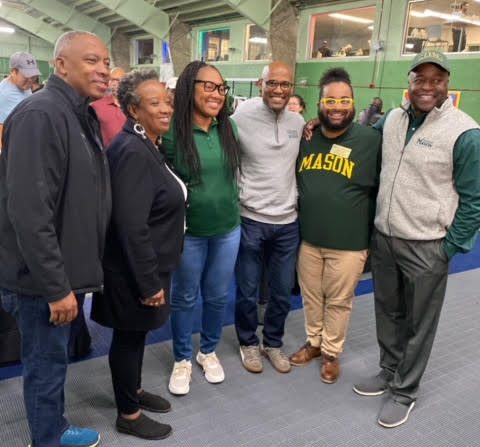
STEM Diversity in K-12 Leaders at STEAM Fest sponsored by George Mason University. Alexandria, VA (2022)
L-R: Dr. Calvin Mackie, Dr. Christine Grant, Dr. Sharnnia Artis, Dr. Andre Marshall, Dr. Christopher Carr, Dr. Gregory Washington
To use imagery to paint the scene of my understanding of DEIA, I imagine an orchestra at the symphony.
Diversity is the fact that in this orchestra there are wind instruments, horn instruments, and percussion instruments, and strings instruments. Within those instruments, there is even more nuance that adds vibrancy. Within winds, you have oboes and flutes; with horns, tubas and trumpets; with strings, violins and cellos.
Equity is the fact that a wind instrument is given their placement in the ensemble and the conductor makes sure that the horns don’t overpower them, and that the percussion gets the appreciation in the music as the strings.
Inclusion is that the ensemble isn’t complete without each of these groups and if one were missing, the audience can sense it in the piece and will find the song lacking. Each is necessary for the success of all – and no instrument is seen as more important than the other.
Accessibility is the fact that the symphony is open for all, affordable, with entrances that everyone can use, and each seat gives a perfect opportunity to experience the performance.
It is important in what I do because in addition to it being my job, it is because we all want to enjoy the music. We all deserve to be able to enjoy the symphony. The talent of the musicians is based on ability – not on who they know, not on which music school they had access to, not on which instrument they play – but based on the ability to make beautiful music. The music is meant to be enjoyed – and DEIA helps to ensure that.
What is one resource that you recommend to people who want to learn more about DEI?

GMU CEC Faculty and Staff at Collaborative Network for Engineering & Computing Diversity Conference. New Orleans, LA (2023)
L-R: Dr. Sharnnia Artis, Dr. Nathan Kathir, Dr. Christopher Carr, Dr. Ken Ball, Mercadi Crawford
I try to help people see that a big part of DEIA work is working to learn the history of the systemic issues. Once you see injustice first hand, it’s hard to not want to change it. As many of us are in academia, sometimes we feel that has to be through a research paper – but I encourage us to engage with the human and more universally relatable components such as videos, and personal narratives. Coupled with the research, I think we can tell a powerful story.
Videos:
The Descendants – Netflix
Descendants of the survivors from the Clotilda celebrate their heritage and take command of their legacy, as the discovery of the remains of the last-known slave ship to arrive in the United States offers them a tangible link to their ancestors.
First Generation – YouTube
An award-winning documentary narrated by Golden Globe nominee Blair Underwood, First Generation tells the story of four high school students — an inner city athlete, a small town waitress, a Samoan warrior dancer, and the daughter of migrant field workers — who set out to break the cycle of poverty and bring hope to their families and communities by pursuing a college education.
Living Undocumented – Netflix
The fates of undocumented families are like a roller-coaster as the United States’ immigration policies are transformed.
Crip Camp – Netflix
No one at Camp Jened could’ve imagined that those summers in the woods together would be the beginnings of a revolution. Just down the road from Woodstock, Camp Jened was a camp for disabled teens. Directors Nicole Newnham and Jim LeBrecht (a former Jened camper himself) deliver a rousing film about a group of campers turned activists who shaped the future of the disability-rights movement and changed accessibility legislation for everyone.
The Urgency of Intersectionality – TedX ‘16
Kimberlé Crenshaw uses the term “intersectionality” to describe the phenomenon of the combination of race and gender bias ; as she says, if you’re standing in the path of multiple forms of exclusion, you’re likely to get hit by both.
Requiem for the American Dream
Using interviews filmed over four years, Noam Chomsky discusses the deliberate concentration of wealth and power found in the hands of a select few
What do you see as the next steps for your DEI work?
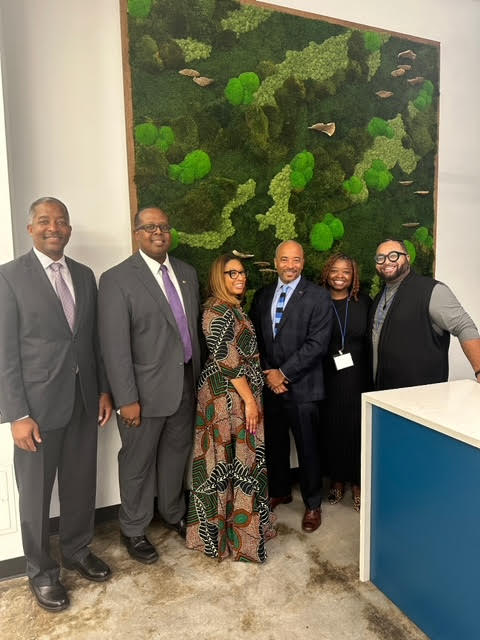
Engineering Diversity Leaders at the STEM Funders Network Annual Meeting at George Mason University. Arlington, VA (2022)
L-R: Dr. Gregory Triplett, Dr. Samuel Graham, Erikka Moore, Dr. Raheem Beyah, Dr. Rochelle Williams, Dr. Christopher Carr
The future of DEIA is really about healing. In this country we have yet to have a truth and reconciliation around our harmful past in relation to how we connect to and experience cultural differences. We have to heal from the trauma that has been systemically entrenched into our society, and we need to create healing spaces for not only those who have been directly harmed, but also those for whom the harm has benefited. They unknowingly have been limited as their own growth and development was inhibited due to the stifling of innovation – which only thrives in diverse and equitable environments.
Physical healing works best when we are able to acknowledge where we have been harmed, seek treatments. Emotional healing works in a similar way in that we work to clear the scars left by trauma and hurt that has shown up time and time again through oppression, bigotry, and prejudice.
As we work toward healing, we will find more opportunities to spark joy in interacting with the differences that make our world more engaging. It adds to our ability to be better advocates for the world we live in. DEIA work is resistance to the ills of societal hatred. Joy is an act of resistance. And in joy, we can find healing.
Who were your mentors and how did they help you?
My mentors are too numerous to name! It includes people who were doing DEIA work, long before it had a name or title associated with it. It includes all of the faculty from diverse backgrounds who performed invisible labor trying to mentor and grow other diverse when no one else cared or was paying attention. My mentors are the heroes (seen and unseen) who moved this work forward.
Some special mentors of mine include:
-
- • Constance Thompson, CCDP – who encouraged me when I first noted that I thought this was my path.
• Sean Chism, Ph.D. – who always takes my call and allows me to bounce all of my craziest ideas off of.
• Trina Fletcher, Ph.D. & Tina Fletcher, Ph.D. – both of whom had been inspirations in how we balance our love of this work, with advocating and caring for self.
• Rochelle Williams, Ph.D. – who continues to show the way of advocating for our most vulnerable through paths non-traditional.
• My best friends, Rob Chandler and Steven Booth – who serve as my grounding wires, keeping me humble and full of humor.
• My parents, Amonda & Todd Carr – who have encouraged me to find the balance between tenacity and humility, kindness and clout, hope and pragmatism.
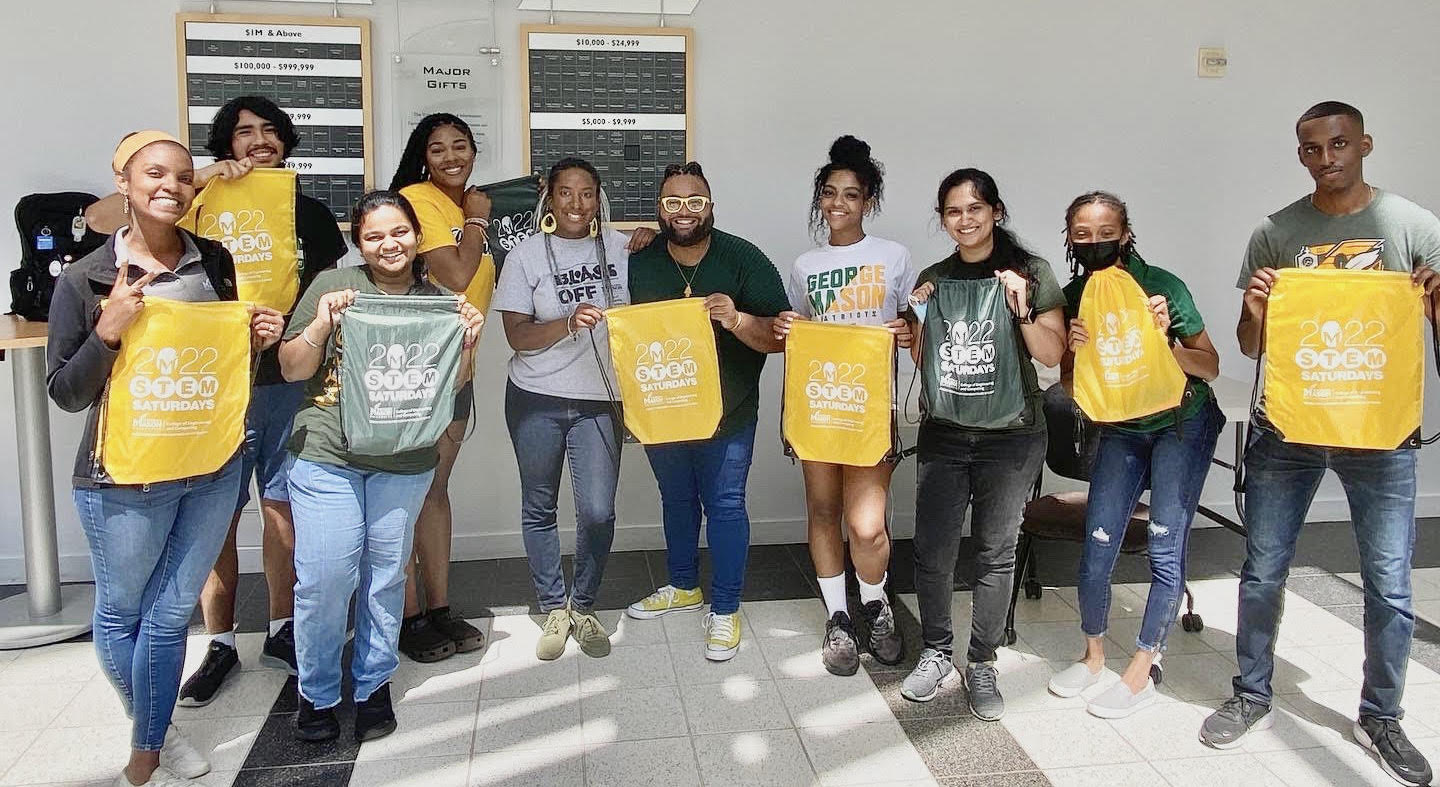
GMU CEC Students as mentors at STEM Summer Saturdays event (K-12 Diversity program designed by GMU CEC). Fairfax, VA (2022)
What is your mentoring philosophy?
For those that I mentor, I believe in helping them to realize their greatness and pursue it. For each member of my team we work to grow and make an impact. Looking to create future where all are seen and respected as creators and possessors of knowledge and ability.
This means inspiring hope and happiness in your mentees. Noting that change takes time. That we have to offer ourselves grace and space every day in this work. Grace for others and ourselves. Space to make mistakes – as there are no guidebooks on how to do this right. We boil big pots of spaghetti and throw it at the wall – all the while working in a society that devalues the importance of what we do. It’s about knowing that we serve the world in such a unique way, as we are creating pathways and opportunities that will truly help everyone thrive better. Working under the auspices that a rising tide lifts all boats – my mentorship philosophy is simple, we create a world in which success isn’t limited to the few, but rather inclusive learning leads us into a rewarding space for all learners. It helps us to fulfill the promise of this nation – providing liberty and justice for all.
Recommended ASEE PEER papers
Teaching Social Justice to Engineering Students
Black is Gold: The Importance of Racial Identity to Black Undergraduate Students in Engineering
Combining Strategies for Leadership Development of Engineering Students
Connect with our scholar
ASEE CDEI Communications Committee Volunteers
Volunteer Webmaster: Sarah Lester, California Polytechnic State University
Getting involved with CDEI
- If you want to recommend someone for our Spotlight series click here.
- Check out website Highlights:
- Resources
- Past Blogs and Events
- Compilation of Newsletters and Reports
- Connect with the committee:
- Become a Friend of the Committee
- Follow us and tag us on Twitter
- Become a volunteer on our Communications Committee! We are always looking for people that want to share or improve their writing and leadership skills.

